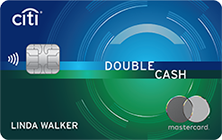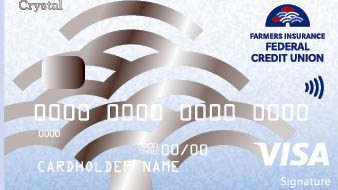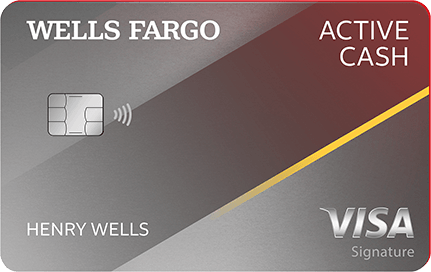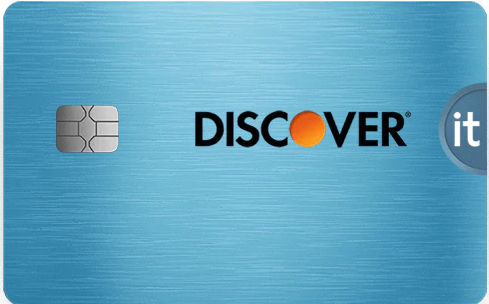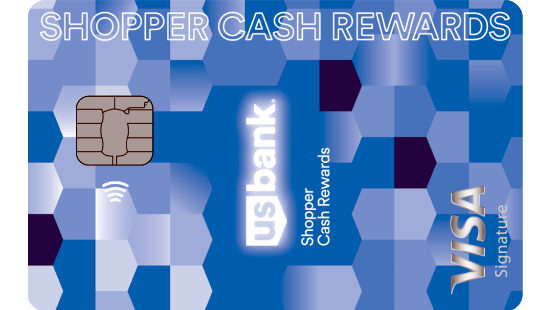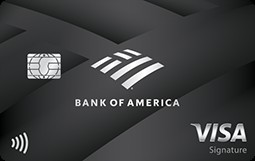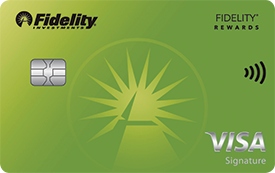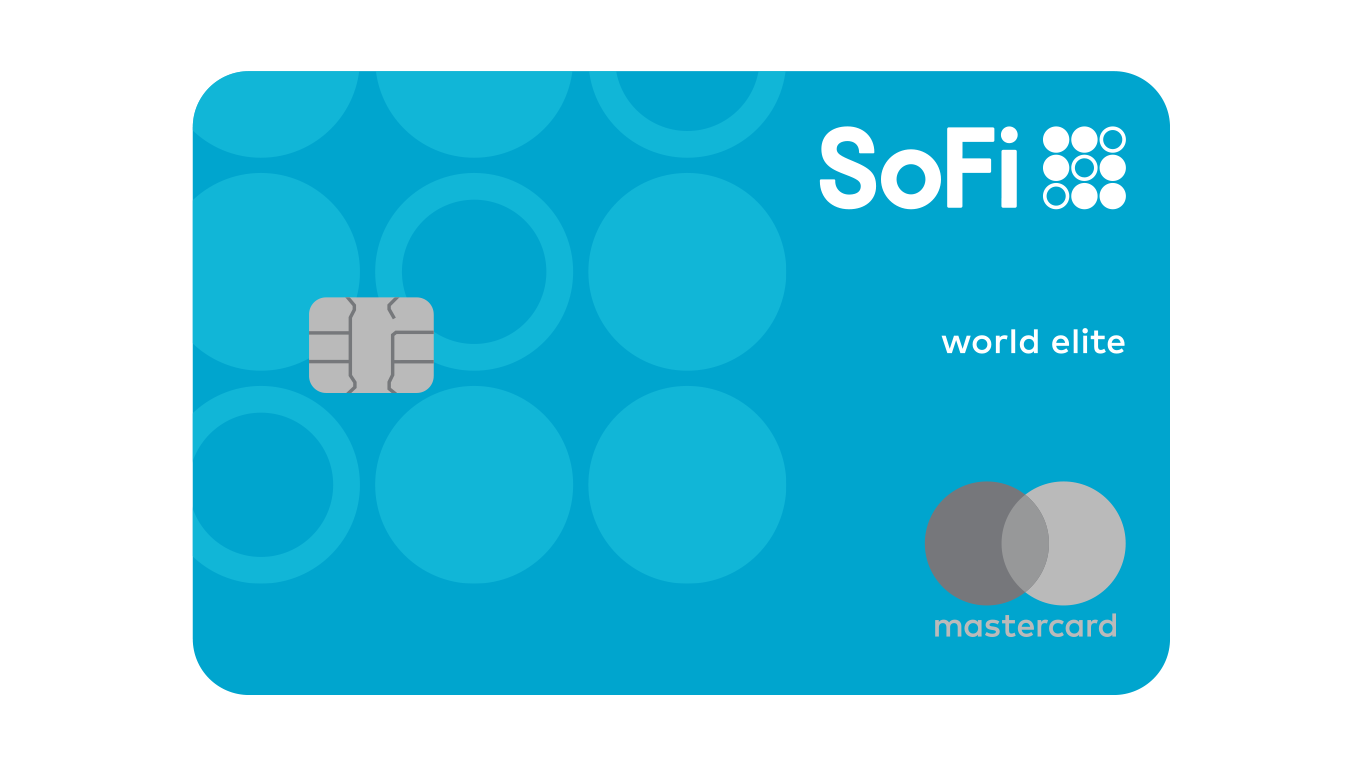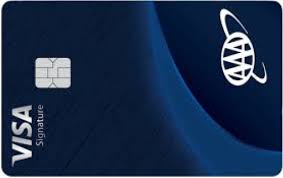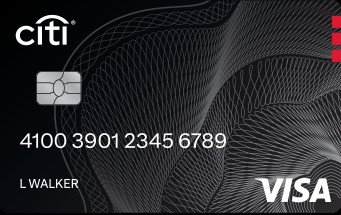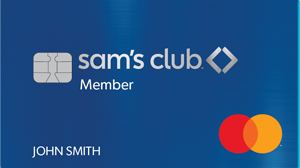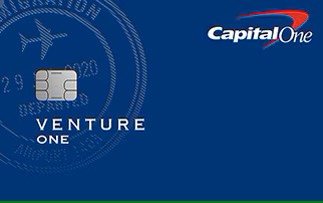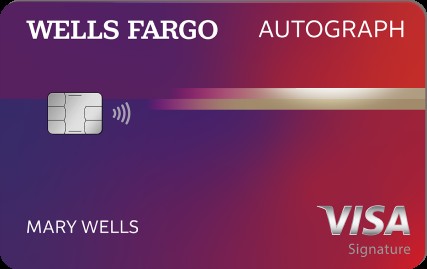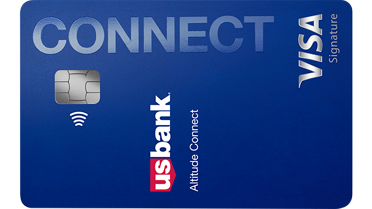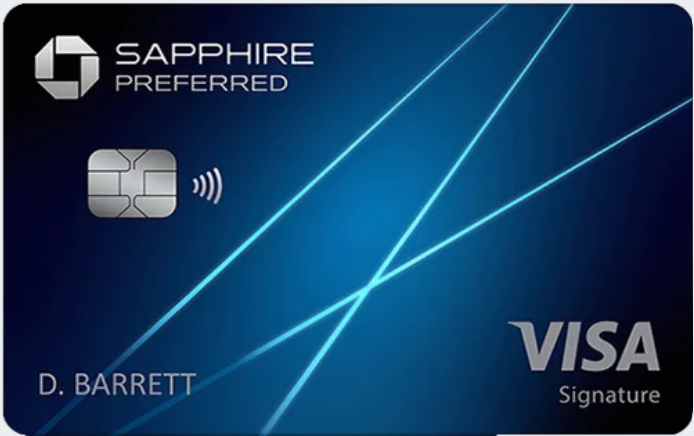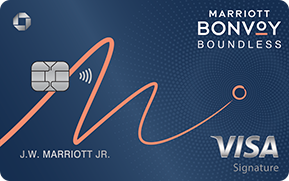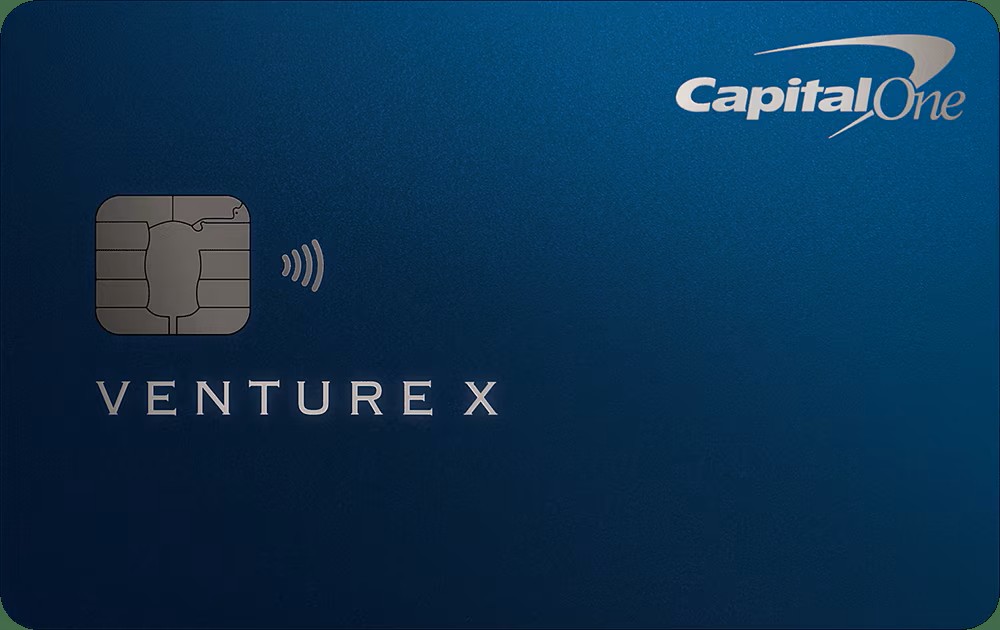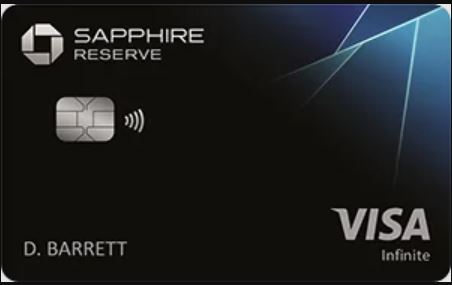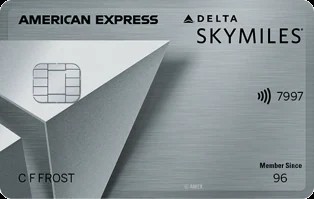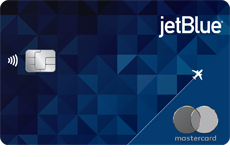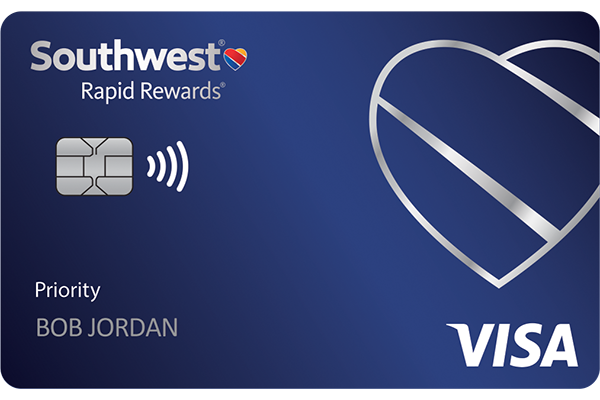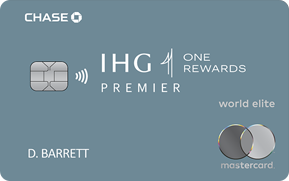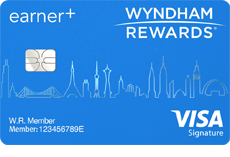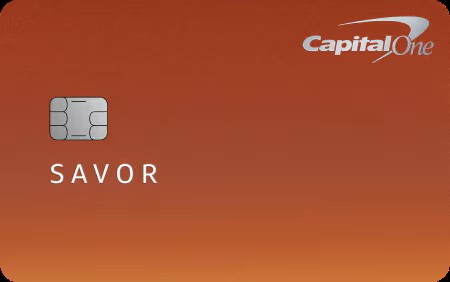Best Rewards Credit Cards of 2025
The best rewards credit cards provide generous perks on everyday purchases, helping you protect your money from rising prices. Here are our top picks.
- Best rewards credit cards for flat-rate cash back
- Best cards with rotating categories
- Best cards for savers
- Best rewards credit cards for groceries
- Best credit cards for fuel and EV charging
- Best rewards credit cards for travel with no annual fee
- Best travel cards worth the annual fee
- Best credit cards for flexible travel redemptions
- Best cards for luxury travel
- Best airline cards
- Best hotel cards
- Best dining rewards cards
- Advice on using rewards credit cards
- Methodology
- Types of reward credit cards
- How to earn credit card rewards
- What are points or miles worth?
- Who should consider a rewards card?
- Can you get a rewards card with bad credit?
- How to pick a rewards credit card

Lisa Gerstner
We may earn compensation when a customer clicks on a link, when an application is approved, or when an account is opened. We may not cover every available offer. Our relationship with advertisers may impact how an offer is presented on our site but our editorial selection of products is made independently. Terms apply to American Express benefits and offers. Enrollment may be required for select American Express benefits and offers. Visit americanexpress.com to learn more. We calculate a typical annual reward for each card, assuming $36,000 spent annually and less any annual fee. Interest rates, fees, rewards and other terms listed in this article are subject to change. Before you apply for a credit card, check its current terms and conditions with the issuer.
If you haven’t looked at rewards credit cards lately, you might be surprised by how much you can gain in cash back, points or miles without necessarily having to track complicated rules.
Some cards offer sign-up bonuses worth more than $1,000 for new cardholders who charge a certain amount in the first few months.
With rewards categories ranging from travel to groceries to rent payments, you can find an option that yields benefits tailored to your spending patterns.
Best rewards credit cards: Our picks for 2025
For disciplined spenders, a rewards card can be a lucrative tool. We’ve rounded up our top picks among cards in 12 categories.
For each card, we’ve included the annual fee, if it charges one, and the sign-up bonus if one is offered.
Except where noted, rewards do not have expiration dates or caps, and the travel cards do not charge foreign transaction fees.
Fees, rewards and other terms are subject to change, so before you apply for a card, check its current terms with the issuer.
You might notice that our list of the best cards differs from many other reviewers. That's because we crunch the numbers on a broader variety of cards, such as those issued by credit unions and smaller banks.
Best rewards credit cards for flat-rate cash back
Check out our full best cash-back credit cards guide to see all the details for our winners in each category.
Best cards with rotating categories
Best cards for savers
Best rewards credit cards for groceries
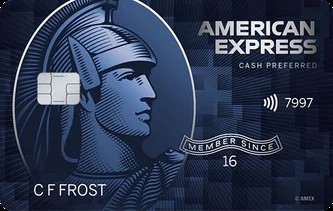
You’ll receive an exceptional 6% cash back on U.S. supermarket purchases up to the first $6,000 charged, then 1%. Terms apply.
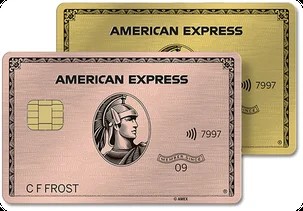
This card offers a sizable four points per dollar on up to $25,000 in annual spending at U.S. supermarkets, then one point per dollar spent after reaching this threshold. Terms apply. See rates and fees.
Best credit cards for fuel and EV charging
Best rewards credit cards for travel with no annual fee
To see all Kiplinger picks in each travel category, read our guide to the best travel cards.
Best travel cards worth the annual fee
Best credit cards for flexible travel redemptions
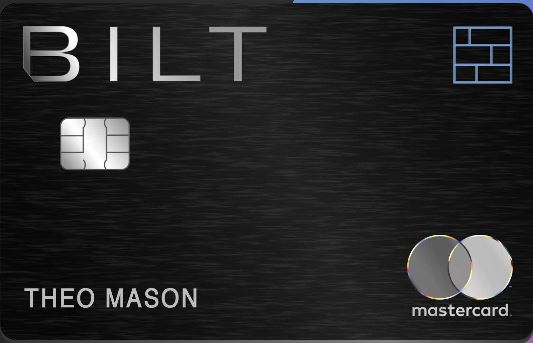
Get five points per dollar on Lyft rides and at restaurants in Bilt’s Neighborhood Dining program; three points per dollar spent on other dining purchases; two points per dollar on travel purchases, such as airline tickets, hotel stays, rental cars or cruise tickets; and one point per dollar on other spending.
Best cards for luxury travel
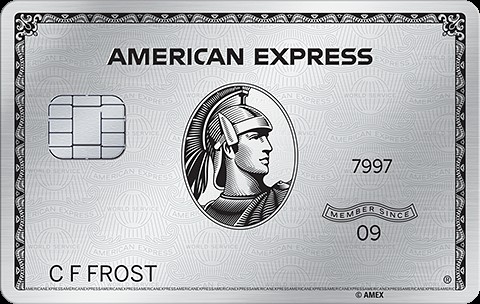
Receive as high as 175,000 points after you spend at least $8,000 in the first six months. Welcome offers vary and you may not be eligible for an offer. Terms apply. See rates and fees.
Best airline cards
Best hotel cards

Earn 155,000 Hilton Honors Bonus Points after you spend $3,000 in purchases on the Card in the first 6 months of Card Membership. Offer ends 1/14/2026. Terms apply. See rates and fees.
Best dining rewards cards
Advice on using rewards credit cards
If you’re planning to do a lot of traveling this year, look for a card that offers points or miles you can redeem for a variety of travel purchases.
“Travel rewards can be more lucrative than straight cash back, but they're also more work,” says Ted Rossman, senior industry analyst with Bankrate.
“It takes some research to understand the loopholes, and some flexibility to be able to travel on the optimal dates.," he said. "Some people love this, treating it like a game and juggling a bunch of different cards to get great benefits. Most people, though, would rather keep it pretty simple.”
While frequent travelers can gain sizable benefits from the lucrative perks and bonuses that come with many travel cards, the humble cash-back card that provides a flat payback on all spending is often the best fit for other spenders.
“For most people, a no-annual-fee, 2% cash-back card is simple but hard to beat,” adds Rossman. “Treat it like a 2% discount on everything you buy.”
Before you sign up for a rewards credit card, take a hard look at your spending habits. These cards make sense only if you pay your credit card balance in full and on time every month. If you carry a balance from month to month, you’ll usually pay interest, which will counteract the benefits of any rewards you earn.
Whatever you do, avoid chasing credit card rewards if you're in debt.
Kiplinger's Review Methodology
For each card, we have calculated a typical annual reward based on spending patterns in the U.S. Bureau of Labor Statistics Consumer Expenditure Survey and assuming $36,000 spent on the card annually (unless otherwise noted).
For cards that do not waive their annual fee the first year, we’ve subtracted the annual fee from the cash value of the annual reward. We have also considered factors such as ease and flexibility of earning and redeeming rewards and whether you must be a member of a club or financial institution to apply for a card.
Except where noted, rewards do not have expiration dates or caps, and the travel-oriented cards do not charge foreign transaction fees.
Interest rates, fees, rewards and other terms listed in this article are subject to change. Before you apply for a credit card, check its current terms and conditions with the issuer.
Types of reward credit cards
A rewards credit card offers cash back, points or miles on your everyday spending. Some cards might also offer other features, such as an introductory 0% APR promotion, insurance protections, travel perks and more.
Here's a quick breakdown of the different types of credit card rewards you can earn.
Cash-back credit cards typically offer straight cash back on your purchases, making it easy to know how much value you're getting with each purchase. These cards used to offer only 1% back for each dollar spent, but that reward level has ticked up to 1.5% to 2% recently.
Note, however, that although some credit cards are marketed as cash-back cards, they might offer points that you can redeem for cash back and in other ways.
Points credit cards offer a fixed number of points for each dollar you spend, with some cards offering more points on certain purchases.
One example of a points program is Chase Ultimate Rewards, which allows you to use your rewards to get cash back, buy gift cards, book travel, shop online and more.
Another example is a hotel loyalty program, which limits your redemptions to award stays and related options. Even some airlines use the term "points" for their currency.
Historically, miles have been primarily associated with frequent-flyer programs, but some general travel rewards credit cards use the term "miles" for their currency.
General miles programs, such as Capital One’s, might allow you to redeem your rewards for a variety of travel purchases, including through their travel portal or on your own.
With airline programs, however, your options are generally limited to award flights, upgrades and related redemptions.
How to earn credit card rewards
Many rewards credit cards offer welcome bonuses to new cardholders who meet a minimum spending requirement. For example, you might earn $200 after you spend $500 in three months, or 60,000 points when you spend $3,000 in three months.
You can also earn cash back, points or miles when you use your card to make purchases. There are three ways a rewards program can be structured.
- With flat-rate rewards cards, you'll earn the same rewards rate — say, 1.5% back or two miles per dollar — on every purchase. If you want a simple approach to rewards, this option might be appealing.
- A tiered rewards credit card offers different rewards rates on different spending categories. For instance, you might earn three points per dollar on travel and dining, two points per dollar on gas and one point per dollar on all other purchases. These cards can be a great way to earn a lot of cash back, points or miles on some of your top budget categories.
- Some cash-back credit cards offer bonus rewards on spending categories that change every few months, allowing you to maximize rewards on a wide variety of purchases throughout the year. For example, you might earn 5% cash back on up to $1,500 spent on groceries and department stores one quarter, then at Target and Amazon the next.
If it's an outsize welcome bonus you're after, check out our article on some of the best credit card bonuses for new cardholders.
What are points or miles worth?
With cash-back rewards, the value you're getting is straightforward. If you have a 2% rewards rate and spend $100, you'll earn $2 in rewards.
With points and miles, however, valuations vary depending on the program and even the card.
General rewards programs, such as Chase Ultimate Rewards or American Express Membership Rewards, offer a specific value for each redemption option. For example, you might get one cent per point on travel redemptions but only 0.7 cents per point for online shopping.
With airline and hotel rewards programs, the value of your points or miles depends on several variables, including the travel dates, destination, fare class, hotel category and more.
Who should consider a rewards card?
A rewards credit card could be a good fit for you if you meet the following criteria:
- You pay your bill in full each month: Paying your credit card bill in full monthly will help you avoid interest charges on purchases. If you carry a balance, the interest you pay can neutralize some or all the value you get from your card's rewards.
- You have decent credit: The best rewards credit cards require good or excellent credit, typically a FICO credit score of 670 or higher. Some rewards cards are accessible to people with fair or even poor credit, but you should research and compare several options to limit fees and other less favorable features. If you don’t know your score, here are some ways to see free credit scores from FICO.
- You like to use your credit card for everything: The more you use your rewards credit card, the more you'll earn. If you prefer to use cash or a debit card, a rewards card might not add enough value to be worth it. If you have a card you barely use, make sure you keep your credit card active. Otherwise, the bank issuer might close your credit card.
On the other hand, it might make sense to avoid rewards credit cards if:
- You struggle with overspending: The prospect of a welcome bonus or rewards on your purchase can make it more tempting to spend more than you can afford to pay back each month.
- You prefer to maximize other benefits: Some credit cards specialize in other features, such as an extra-long 0% APR promotion on purchases or balance transfers, and don't offer rewards. But depending on your situation, the benefit of interest savings might be more valuable than a rewards program. Additionally, if you're looking to build or rebuild your credit, that objective might be more important than earning cash back, points or miles.
Can you get a rewards card with bad credit?
Yes, it's possible to get a rewards credit card with bad credit. However, there might be some caveats to consider. For example, a card might require a security deposit equal to your desired credit limit, which you might not get back until you close the account.
Some bad-credit rewards credit cards might also charge an annual fee or a high interest rate, which can impact the value you get from the rewards program.
If you use a good credit card for bad credit, you can enjoy the benefits of rewards while building a positive credit profile. However, prioritizing your credit-building efforts will make it easier for you to get the rewards card you want in the future.
How to pick a rewards credit card
There are a few different factors to consider to determine which rewards credit card is the right fit for you.
Credit score
If you want good approval odds for the best rewards credit cards, you'll want good or excellent credit. Check your credit score before applying for a card to gauge your approval odds.
Make sure you know what a good credit score is and how to increase your credit score quickly if it's in the dumps. You might also consider getting pre-approved, if possible.
American Express, for instance, tells applicants whether or not they're approved with no hard credit inquiry. You'll undergo a hard credit check only if you accept the card.
Spending habits
Review your budget to see whether it makes sense to get a rewards credit card that offers bonus cash back, points or miles on some of your biggest monthly expenses.
If you need a budgeting app, Quicken Simplifi is an excellent choice. It will categorize your spending habits, allowing you to see which cash-back card works best for your current needs.
Also, if you're looking for a credit card with a welcome bonus, make sure you can meet the spending requirement to earn the bonus without overspending.
Feature preferences
Review the different features credit cards come with to determine what's most important to you. For example, do you need a 0% APR promotion for a large purchase or a balance transfer? Or do you prefer a travel credit card with a lot of perks and trip protections?
If you're looking at travel credit cards, consider how flexible you want your rewards to be. For example, if a card has transferable points or miles, make sure the partner airline or hotel programs include those you're likely to use or where you already have an account. Also, consider whether you want to pay an annual fee or what it would take in terms of card benefits for you to agree to an annual fee.
Take your time to shop around and compare several credit cards to ensure you find the right one for you.
Maximizing rewards
Applying for cards offered by the same company where you bank might earn you additional rewards or welcome bonuses. For example, Bank of America offers an extra 25% to 75% cash back on rewards for its Preferred Rewards customers.
Some credit card companies allow more than one adult family member to earn welcome bonuses. If you sign up for a new card that offers a $500 welcome bonus, for example, your spouse might also be able to earn the same bonus. Make sure you read card terms carefully to understand any limitations on bonus offers.
Read More
- Credit Card Bonuses for New Cardholders
- Pay Less for Disney Plus With This Card
- Hilton Honors Offers a Bonus Worth $780
- Best Airline Credit Cards with a Free Ticket
As an independent publication dedicated to helping you make the most of your money, the article above is our view of the best deals and is not the opinion of any entity mentioned such as a card issuer, hotel, airline etc. Similarly, the content has not been reviewed or endorsed by any of those entities.
Profit and prosper with the best of Kiplinger's advice on investing, taxes, retirement, personal finance and much more. Delivered daily. Enter your email in the box and click Sign Me Up.

Sean is a veteran personal finance writer, with over 10 years of experience. He's written finance guides on insurance, savings, travel and more for CNET, Bankrate and GOBankingRates.
- Lisa GerstnerEditor, Kiplinger Personal Finance magazine
-
 The Stoic Retirement: Ancient Wisdom for Today's Reality
The Stoic Retirement: Ancient Wisdom for Today's RealityA "Stoic retirement" doesn't mean depriving yourself. It's a character-based approach to life and aging that can bring calm and clarity.
-
 My Teen Crashed His Car and Now Our Insurance Has Tripled. What Now?
My Teen Crashed His Car and Now Our Insurance Has Tripled. What Now?Dealing with the costly aftermath of a teen car accident is stressful. Here are your options for navigating it.
-
 11 Outrageous Ways To Spend Money in Retirement
11 Outrageous Ways To Spend Money in RetirementWhether you have excess cash to spend or want to pretend, here’s a look at 11 ridiculous ways retirees can splurge.
-
 My Teen Crashed His Car and Now Our Insurance Has Tripled. What Now?
My Teen Crashed His Car and Now Our Insurance Has Tripled. What Now?Dealing with the costly aftermath of a teen car accident is stressful. Here are your options for navigating it.
-
 My First $1 Million: Retired In-House Corporate Lawyer, 74, Midwest
My First $1 Million: Retired In-House Corporate Lawyer, 74, MidwestEver wonder how someone who's made a million dollars or more did it? Kiplinger's My First $1 Million series uncovers the answers.
-
 I'm an Insurance Pro: Going Without Life Insurance Is Like Driving Without a Seat Belt Because You Don't Plan to Crash
I'm an Insurance Pro: Going Without Life Insurance Is Like Driving Without a Seat Belt Because You Don't Plan to CrashLife insurance is that boring-but-crucial thing you really need to get now so that your family doesn't have to launch a GoFundMe when you're gone.
-
 The Top 22 Gifts for Grandkids from Walmart in 2025
The Top 22 Gifts for Grandkids from Walmart in 2025From PlayStation to Labubu, you'll find the hottest gifts of 2025 for your grandkids at Walmart this year. Some of them are up to 78% off.
-
 CD vs. Money Market: Where to Put Your Year-End Bonus Now
CD vs. Money Market: Where to Put Your Year-End Bonus NowFalling interest rates have savers wondering where to park cash. Here's how much $10,000 earns in today's best CDs versus leading money market accounts.
-
 Meet the World's Unluckiest — Not to Mention Entitled — Porch Pirate
Meet the World's Unluckiest — Not to Mention Entitled — Porch PirateThis teen swiped a booby-trapped package that showered him with glitter, and then he hurt his wrist while fleeing. This is why no lawyer will represent him.
-
 Smart Business: How Community Engagement Can Help Fuel Growth
Smart Business: How Community Engagement Can Help Fuel GrowthAs a financial professional, you can strengthen your brand while making a difference in your community. See how these pros turned community spirit into growth.
-
 Smart Money Moves Savers Should Make in 2026
Smart Money Moves Savers Should Make in 2026These steps will get you on the road to achieving your 2026 savings goals.
